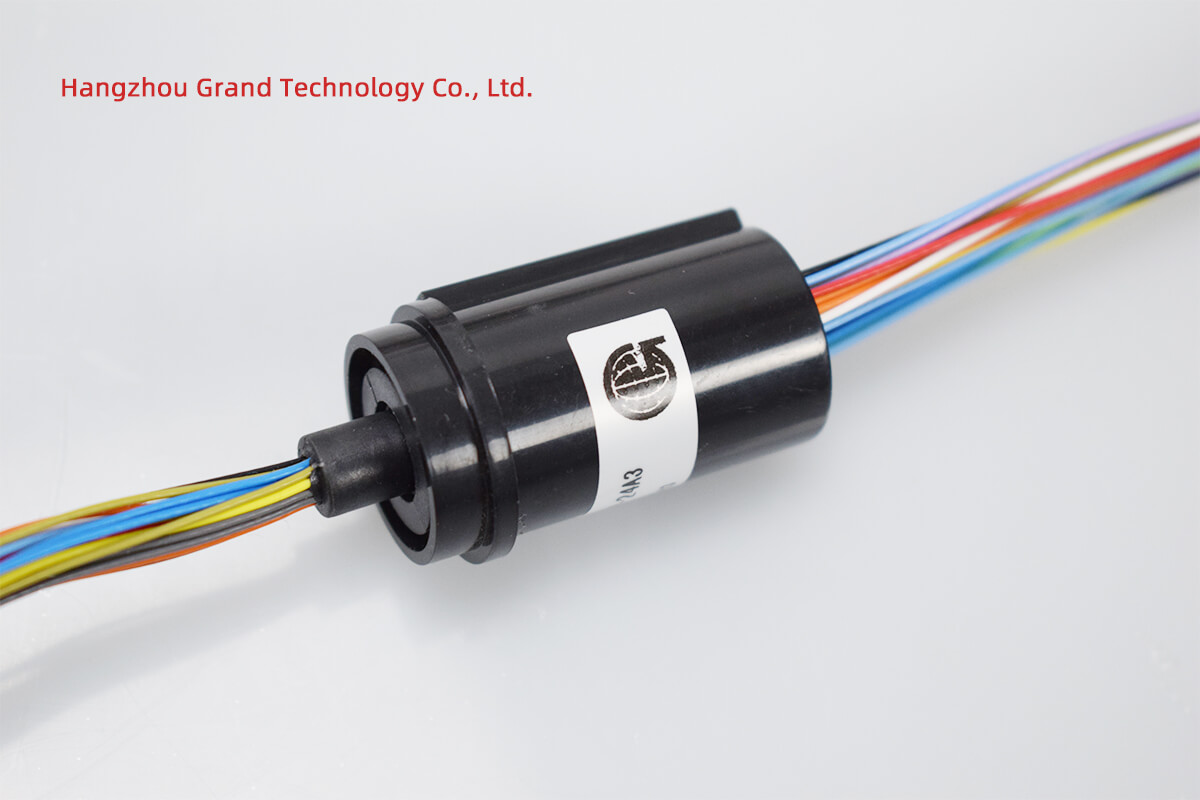Slip rings serve a vital role in the operation of induction motors, facilitating electrical connections and signal transmission between the stationary and rotating parts of the motor. In this article, we will delve into the importance of slip rings, the materials commonly used in their construction, and the advancements in slip ring technology that have contributed to improved motor performance and reliability.
Importance of Slip Rings in Induction Motors
Slip rings are essential components that enable crucial functions in induction motors. One of their primary roles is to provide a reliable electrical connection between the stationary and rotating parts of the motor. This connection allows for the transfer of electrical power and signals, enabling speed control and efficient motor operation. Additionally, slip rings play a significant role in starting mechanisms, particularly in wound rotor induction motors, where external resistors are used to control the starting torque.
Materials Used in Slip Rings
The composition of slip rings is crucial in ensuring their durability and efficient operation. The slip ring of an induction motor is usually made up of materials such as copper, bronze, silver, and various alloy compositions. Copper, known for its excellent electrical conductivity, is a popular choice due to its low resistance and high thermal conductivity. Bronze, a copper alloy, offers enhanced mechanical strength and resistance to wear, making it suitable for applications with higher load and friction requirements. Silver, with its superior conductivity, is used in situations where the utmost electrical performance is necessary. Additionally, alternative materials and composite alloys have been explored to further improve the properties of slip rings, including their resistance to corrosion, wear, and high-temperature environments.
Advancements in Slip Ring Technology
Advancements in slip ring technology have contributed to improved performance, reliability, and longevity of slip rings in induction motors. One notable advancement is the development of advanced coating techniques. These coatings provide enhanced protection against wear, corrosion, and oxidation, extending the lifespan of slip rings in demanding operating conditions. Moreover, improvements in brush and contact technologies have resulted in reduced friction, lower electrical resistance, and improved signal quality. These advancements have not only increased the efficiency of slip rings but also reduced maintenance requirements and enhanced overall motor performance.
Furthermore, the integration of digital technologies and the advent of smart slip rings have revolutionized the monitoring and control capabilities of slip ring systems. These intelligent slip rings incorporate sensors and data communication capabilities, enabling real-time monitoring of parameters such as temperature, vibration, and brush wear. This data-driven approach allows for proactive maintenance, early detection of potential issues, and optimization of slip ring performance, contributing to increased motor reliability and uptime.
Slip rings play a crucial role in the effective operation of induction motors, enabling electrical connections and signal transmission between the stationary and rotating parts. The materials used in slip rings, including copper, bronze, silver, and advanced alloys, ensure durability and efficient power transmission. Moreover, advancements in slip ring technology, such as advanced coating techniques and improvements in brush and contact technologies, have enhanced slip ring performance and reliability. The integration of digital technologies has further expanded the monitoring and control capabilities of slip ring systems, promoting proactive maintenance and optimized motor performance. By understanding the significance of slip rings and staying informed about the latest materials and technological advancements, motor users can make informed decisions and ensure optimal performance and longevity of their induction motors.


